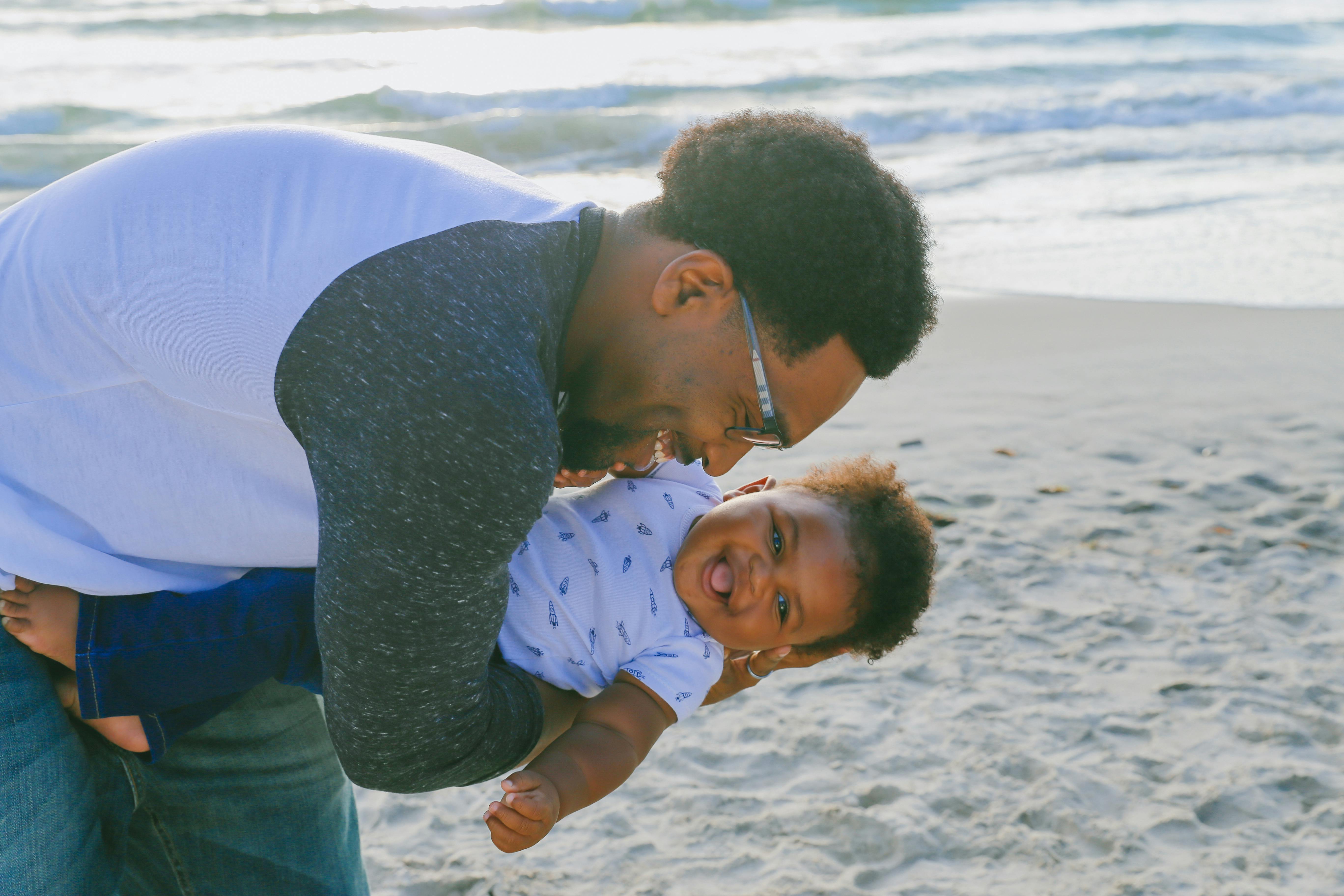Table of Contents
Setting Boundaries
When hiring a babysitter, it’s important to establish boundaries that are appropriate for your children’s age and developmental stage. For younger children, it may be necessary to set strict guidelines on activities, bedtime routines, and screen time. Older children may require less supervision but still need clear boundaries when it comes to things like social media use, snacks, and visitors. By setting clear boundaries from the start, you can ensure that your babysitter understands your expectations and can provide the necessary care for your children.
On-Demand Childcare in Your Neighborhood
Book a Sitter
Establishing Rules and Expectations
In addition to setting boundaries, it’s essential to establish specific rules and expectations for your babysitter to follow. This may include guidelines on discipline, safety procedures, homework help, meal preparation, and more. By clearly outlining your expectations, you can help your babysitter understand their responsibilities and ensure that they provide the level of care that you expect for your children. Make sure to discuss these rules with your babysitter before they start caring for your children to avoid any misunderstandings.
Communicating Openly
Effective communication is key to a successful babysitting arrangement. It’s important to communicate openly and honestly with your babysitter about any concerns, preferences, or changes in schedules. Regular check-ins can help you stay informed about how things are going while also giving your babysitter the opportunity to ask questions or seek guidance. Encouraging open communication can help build trust and ensure that everyone is on the same page when it comes to caring for your children.

Handling Emergencies
No matter how carefully you plan, emergencies can still happen. It’s important to discuss emergency procedures with your babysitter and make sure they are prepared to handle unexpected situations. Provide them with a list of emergency contacts, including phone numbers for you, other family members, and trusted neighbors or friends. Make sure they know how to access medical care in case of an injury or illness and walk them through any specific protocols for emergencies like fires or severe weather.
Being prepared for emergencies can help keep your children safe when you’re not around.
Maintaining Oversight and Checking In
Even if you trust your babysitter, it’s essential to maintain oversight and check in regularly to ensure that everything is going smoothly. Drop by unexpectedly to see how things are going, ask your children about their experiences with the babysitter, and follow up with your babysitter after each sitting job to discuss any issues or concerns. By staying involved and maintaining open lines of communication, you can help ensure that your children are receiving the care and attention they need while you’re away.
In conclusion, setting age-appropriate guidelines for your babysitter is an essential step in ensuring the safety and well-being of your children. By establishing boundaries, rules, and expectations, communicating openly, preparing for emergencies, and maintaining oversight, you can help create a positive and trusting relationship with your babysitter. Remember that every family is different, so feel free to adjust these guidelines to fit the unique needs of your children and your family. With careful planning and clear communication, you can find a babysitter who will provide the level of care and attention that you expect for your little ones.










